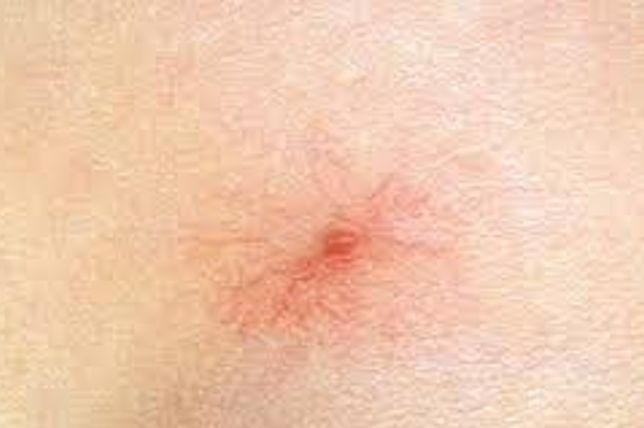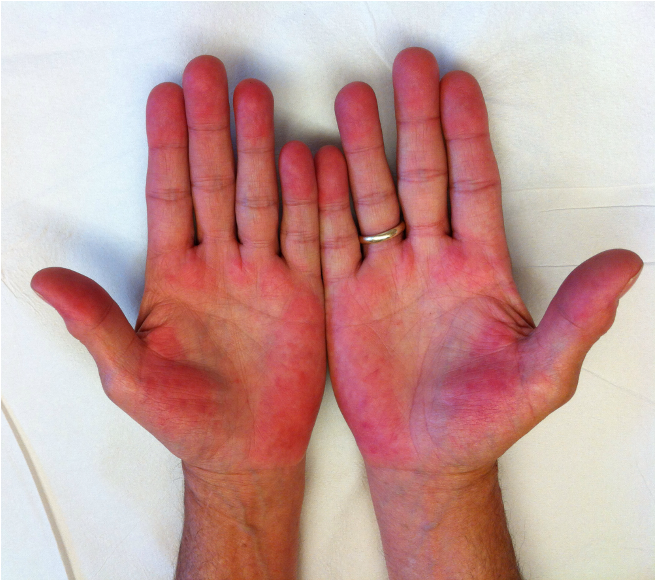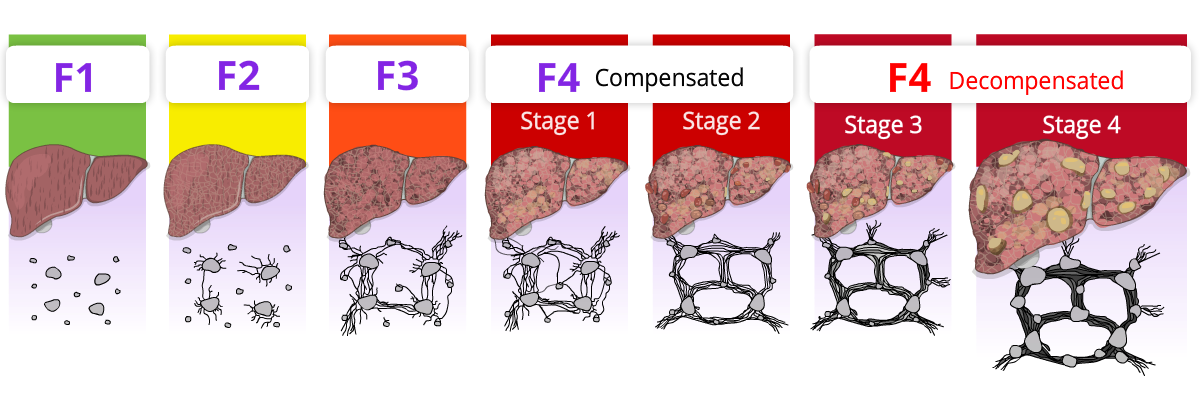Top tips:
- Hyponatremia assessment begins with an assessment of the severity, chronicity and of volume status.
- Severe, symptomatic hyponatremia is uncommon (~1% of patients), but it is a medical emergency.
General Cirrhosis Admission and Discharge Order Sets
*Add specific panels to general admission orders as appropriate*
For adults with cirrhosis requiring hospital admission
Cirrhosis Adult Admission Orders
For adults with cirrhosis requiring hospital discharge
Cirrhosis Adult Discharge Orders

Thank you to Dr. Pannu for your efforts creating the content on this page!
Hyponatremia in Cirrhosis
Hyponatremia-1Patient materials:
You can direct patients to the following:
Nutrition
Video Links:
See relevant videos:
Video on working through a diagnostic algorithm for Hyponatremia
References:
This section was adapted from content using the following evidence based resources in combination with expert consensus. The presented information is not intended to replace the independent medical or professional judgment of physicians or other health care providers in the context of individual clinical circumstances to determine a patient’s care.
Authors: Dr. Neesh Pannu, Dr. Rahima Bhanji, Dr. Marilyn Zeman, Dr. Vijey Selvarajah, Dr. Puneeta Tandon
References:
- EASL Clinical Practice Guidelines for the management of patients with decompensated cirrhosis. J Hepatol 2018 Aug;69(2):406-460 PMID 29653741
- Hoorn EJ et al. Diagnosis and Treatment of Hyponatremia: Compilation of the Guidelines. Journal of the American Society of Nephrology. May 2017, 28(5):1340-1349 PMID 28174217
- Bajaj JS et al. The Impact of Albumin Use on Resolution of Hyponatremia in Hopsitalized Patients with Cirrhosis. Am J Gastroenterol 2018 Sep;113(9):1339 PMID 29880972
Last reviewed December 14, 2022.

























